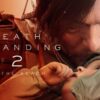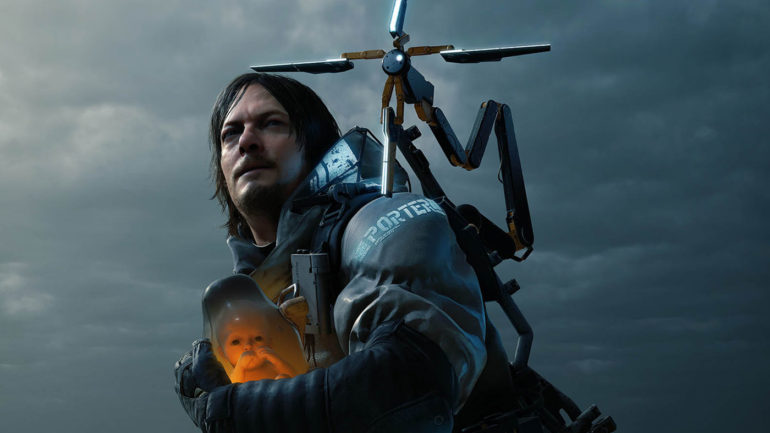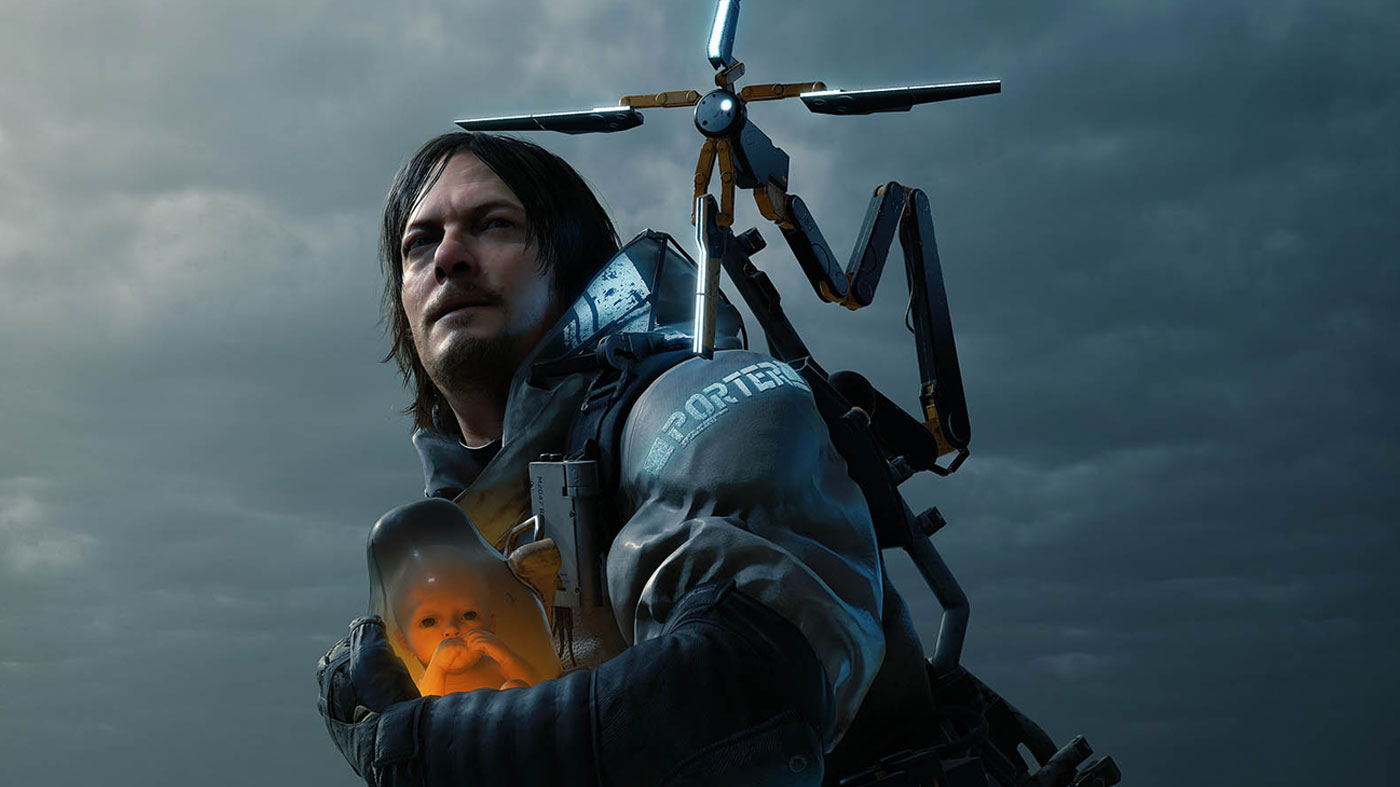I’ve never had the opportunity to talk about Death Stranding on Press Start until now, but two years on I find it so impressive for so many reasons. The most obvious for me is the fact that a game like it can exist. It’s truly one of the most unique in the PlayStation library leveraging a huge budget with a design sensibility you often only see in indie games. As such, my thoughts more or less align with Brodie’s original 2019 review of the game but having spent some notable time with the Director’s Cut, it’s clear that this is the best way to play Death Stranding.
So what’s new? There’s a whole slew of new equipment that enables Sam to deliver his cargo more efficiently during his quest to reunite America. A new firing range gives you opportunity to test out the games various weapons in a style that I can only compare to Metal Gear Solid’s VR missions. You can even replay boss battles from your private room at any point for online global rankings – something I appreciated given how much I enjoyed Death Stranding’s boss battles. Additionally, there’s now support to do jumps and tricks on your bike, a racetrack for winding down between deliveries and an all new facility to explore with a new minor storyline.
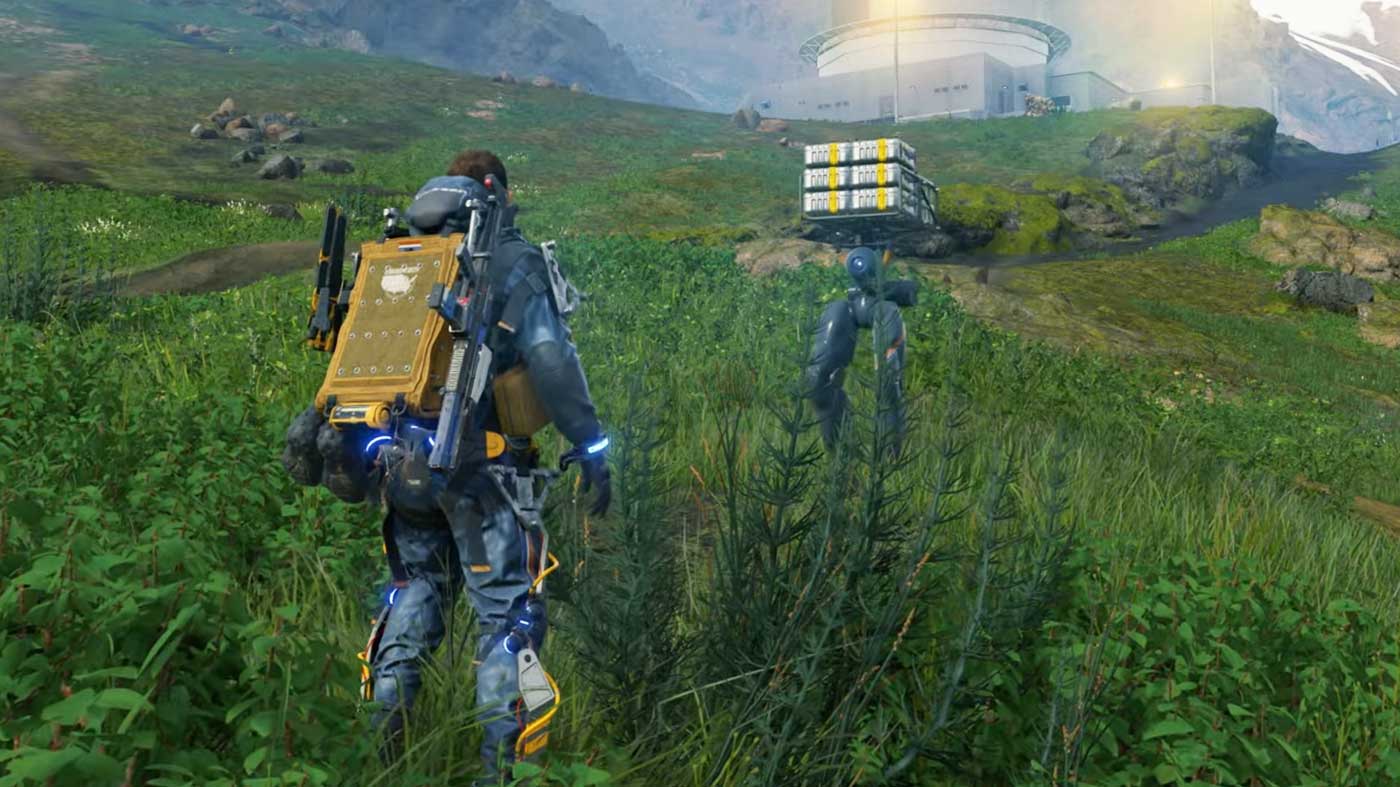
Director’s Cut does a good job of incorporating all of these new elements into the main game – so it’ll introduce everything to you naturally if you’re starting off fresh as if it was there the whole time. It does this in a good way, though those who want to import their save have the option to do so as well. If you choose this option, the entirety of the new storyline is there for you to explore from the get-go, but if you don’t it’ll be drip fed to you as you finish the main storyline. Either way, if you’re starting fresh or returning to Death Stranding with Director’s Cut, you’ll be able to enjoy the new additions at a pace that feels appropriate to you.
The new equipment is rather predictably centred around making things easier for yourself and Sam. I was a bit concerned that it would make the game a little bit too easy given how much of a good help they are – but if the tedium and frustration of carting so much cargo around put you off Death Stranding, then the new additions in Director’s Cut could very much alleviate some of that tedium. They’re also introduced fairly cleverly throughout the main storyline, so it’s not like you can just invest in them all at once and cruise through the game with them. The new weaponry is okay, though given how much was already in Death Stranding and how much combat is discouraged, I still struggle to see the necessity to introduce more.
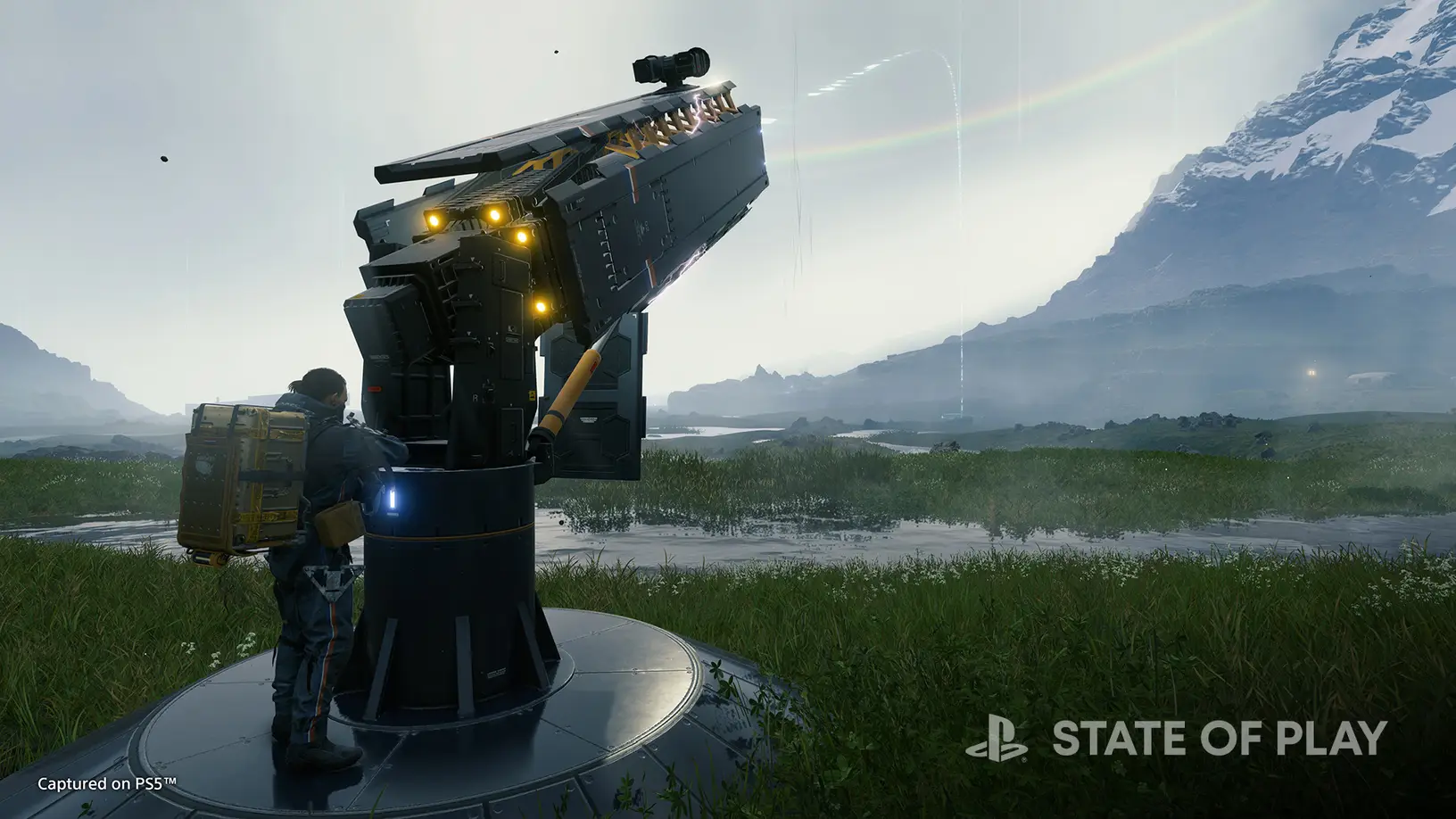
While the crux of the Director’s Cut additions focus on making the Death Stranding experience a little bit more accessible, there’s a bunch of brand new additions too. The Firing Range allows Sam to take any piece of equipment from the main game and compete in “trials” of sorts that pit him against targets with time and score attack elements. Along with the bizarrely unexpected racetrack, they’re a nice inclusion, but don’t really add a lot to the experience overall. Nobody thought Death Stranding would be better with the addition of a race track so it’s hard to fathom why this might be one of the most substantial additions to the Director’s Cut.
Perhaps a little bit more egregious is the new ruined location, which features some extra storyline that better fleshes out the backstory to some of the characters who appeared in the main game. The missions themselves are simple – each time you get a little bit deeper into the ruined facility and discover a bit more about what went on there. There are options to complete it stealthily or complete it guns blazing. The latter feels more appropriate, given that Death Stranding’s stealth mechanics weren’t the strongest to begin with especially in the enclosed area these missions take place in.
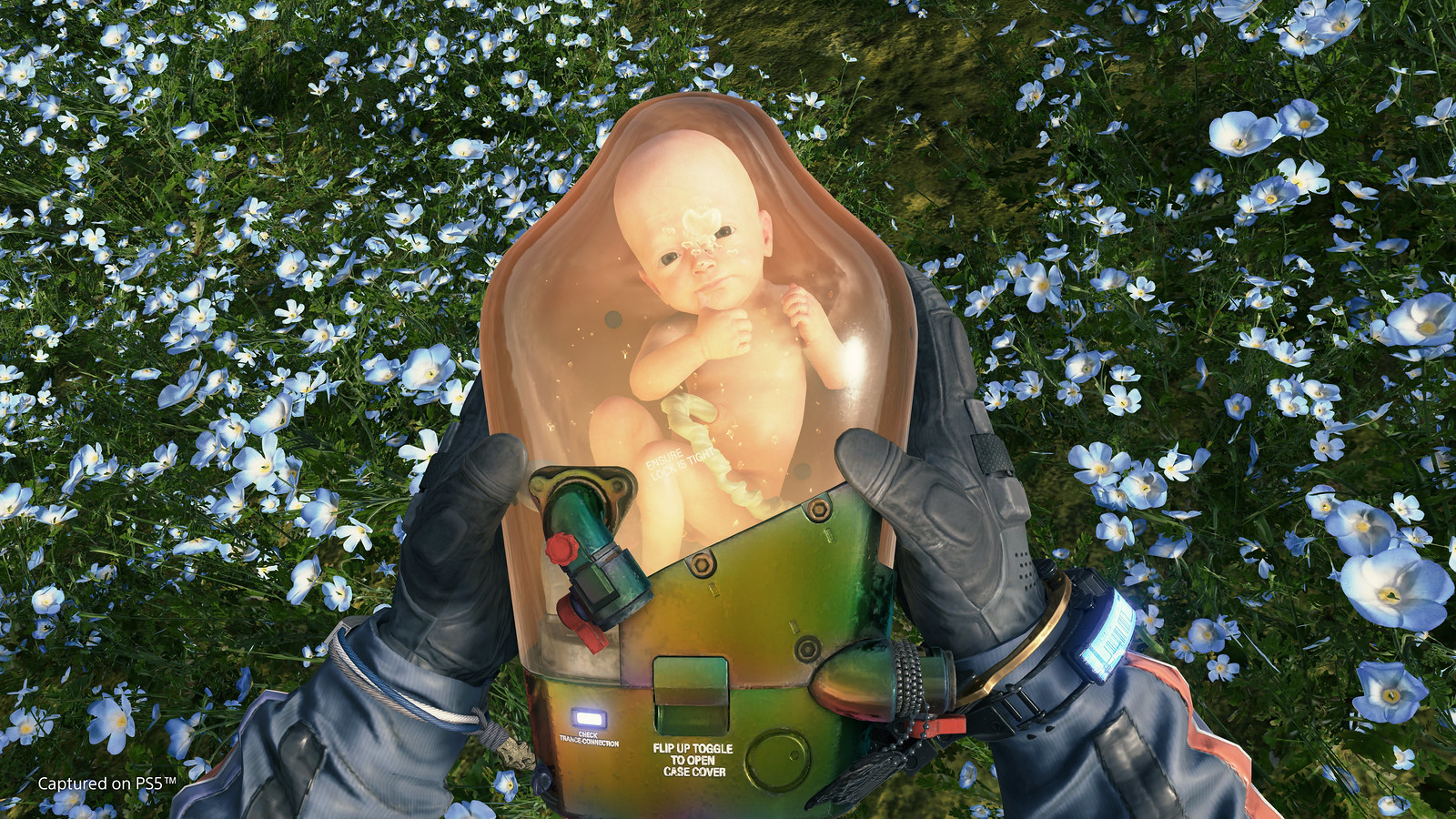
The kicker with these missions is that they’re clearly wanting to do something more with them but can’t. None of the main cast members that the missions are concerned with make an appearance, and instead you’re walked through the situation from exposition from a new character instead. Whether these extra missions were hampered by budgetary constraints, or the pandemic, or both, it makes their inclusion feel cheap and it barely gives a reason to return to the game if you’ve already finished it.
That being said we can’t talk about a PlayStation 5 port without talking about the DualSense, and Director’s Cut does a good job of incorporating the controllers unique features. Every change in terrain has some kind of tactile feedback on the Dualense and every noise that BB makes through their pod is echoed in the controller. It’s subtle and less obnoxious than other implementations I’ve seen in other games and it gives a real sense of tactile satisfaction to be able to feel the terrain that Sam is presently walking on.
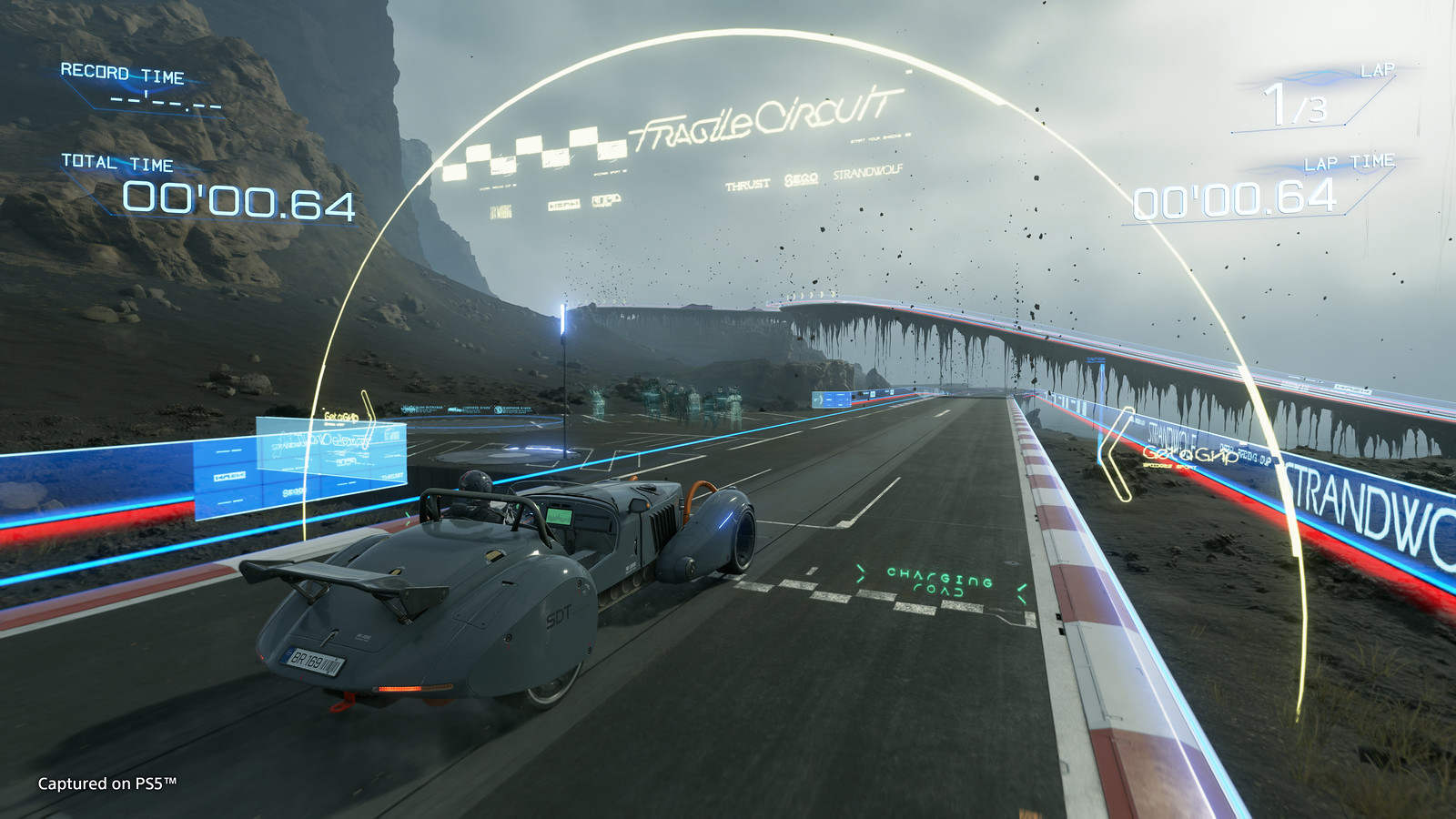
The triggers are similarly used to great effect – as Sam begins to topple one side or the other, pulling the triggers to balance is an integral part of the Death Stranding gameplay loop. The adaptive triggers of the DualSense give an appropriate sense of weight and heaviness without ruining the flow of the gameplay or hindering yourself from pressing them. It’s pretty clear at this point that it’s one of the simplest yet effective implementations of the DualSense’s unique feature set thus far.
And finally, from a presentation standpoint, the game looks as strong as ever. Death Stranding and the Decima engine put out some fantastic looking visuals on the PlayStation 4, and that is only further emphasised with the jump to PlayStation 5. Running at double the framerate, the game looks almost photorealistic in some parts and loads quicker than ever – in literal seconds rather than minutes of the original release. While it’s one of the simpler looking games on the system, artistically Death Stranding: Director’s Cut is still one of the best looking games for the PlayStation no matter what generation you’re playing on.

